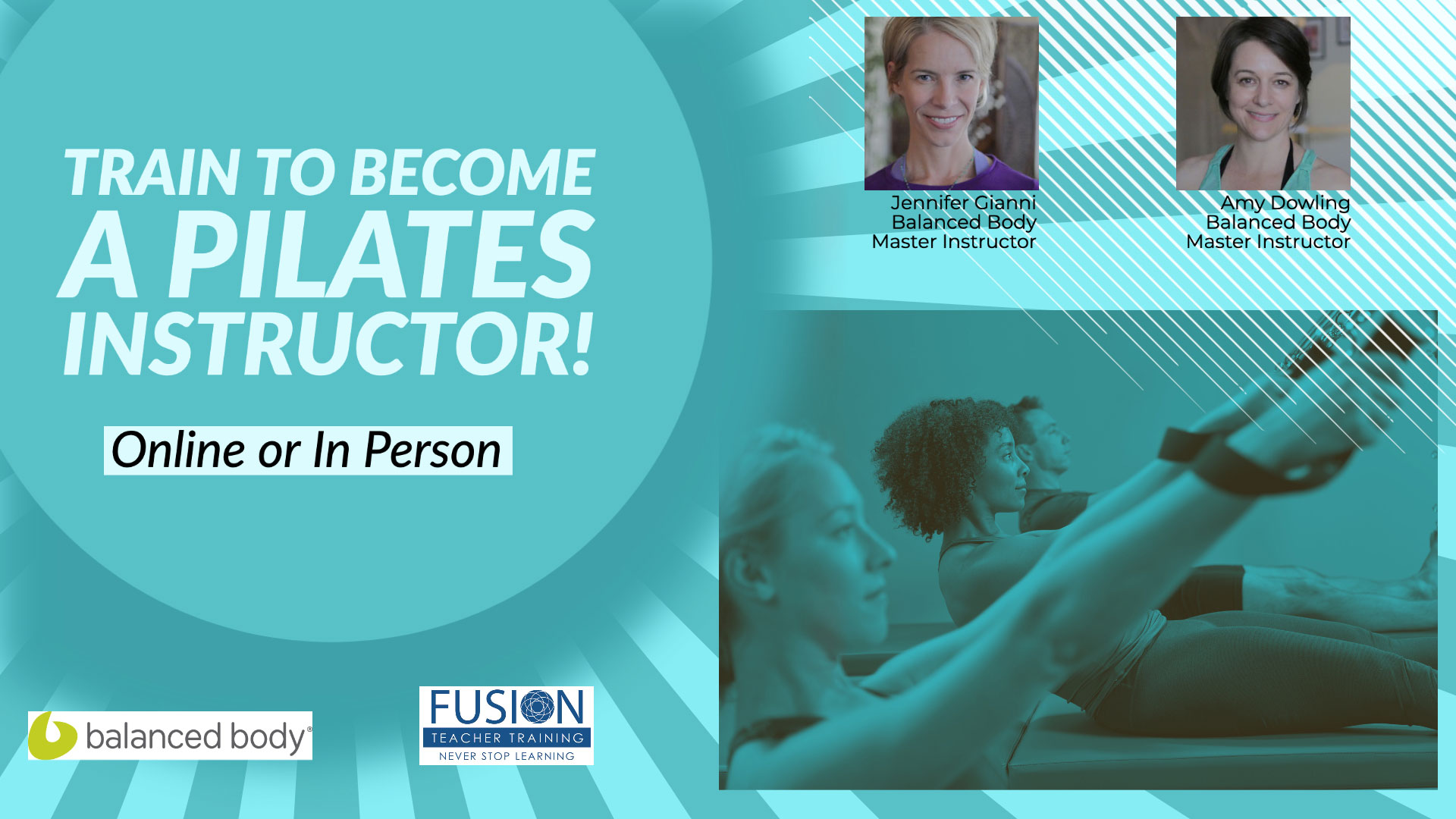 Anything that grows high has deep roots. To understand Pilates, it’s important to start with a solid foundation. In this and the following installments, I’ll take you through the basic building blocks of Pilates that need to be mastered before employing more complicated choreography (the fun stuff!). Today, we’re going to talk about the most important aspect of the Pilates foundation: the breath.
Anything that grows high has deep roots. To understand Pilates, it’s important to start with a solid foundation. In this and the following installments, I’ll take you through the basic building blocks of Pilates that need to be mastered before employing more complicated choreography (the fun stuff!). Today, we’re going to talk about the most important aspect of the Pilates foundation: the breath.
Breathing disciplines have been used by every culture throughout history to transform the state of the mind and body in daily life, meditation, and exercise. Breath is not only the foundation of Pilates but is the foundation of our existence. Our breath creates a rhythm that carries us through our life. Practicing breath techniques can help us decrease stress, lower or raise blood pressure, improve aerobic capacity, and calm the mind and spirit. In Pilates specifically, the breath techniques facilitate movement, increase mobility, improve lung capacity, and focus the mind.
In Pilates the preferred breath is called Lateral or Rib Breathing. This breath is used to sustain an abdominal contraction. We are looking for a connection in our abs in the deepest layer called the Transverse Abdominals. These are the muscles that run horizontally across the pelvis like a seat belt and then wrap around the torso like a corset. Once you master this breath sequence, you’ll be able to perform your abdominal-strengthening exercises practically anywhere, in line at the bank or sitting in your car, just by using your breath.
Our goal is to learn the proper Pilates Breath, to create expansive free breath by bringing more air into the lower lobes of the lungs, and to learn to fire our Core Muscles.
Here’s how: When you inhale, send your breath into the back and sides of the ribs without expanding the abdomen. If you can hold your abdominal contraction through at least five breath cycles, you know you’re on your way to perfecting this number one fundamental Pilates tool.
Hot Tip: If this deep connection is not happening for you, or if you’re not sure, don’t worry. Wrap a towel around the lower part of the ribs just below the shoulder blades. Cross the towel in front of you and hold the ends with the hands creating a slight amount of pressure on the ribs. Inhale and feel the ribs expanding into the towel at the back and sides. As you exhale, focus on tightening the seat belt muscle (the Transverse Abdominus) right below the belly button. On your next breath, try to keep the seat belt tight as you fill up the back and sides of your towel again. Practice this a few times, and you’ll start to feel this connection.
During your next exercise session, try to exhale on the point of effort. Use the inhale to fill the areas of tension in your body and to try to create or expand the space inside the body, and then use the exhale to release tension.
We hope you found these tips helpful! Leave your comments below.




Leave A Reply (No comments So Far)
Please - comments only. All Pilates questions should be asked in the Forum. All support questions should be asked at Support.
You must be logged in to post a comment.
No comments yet.